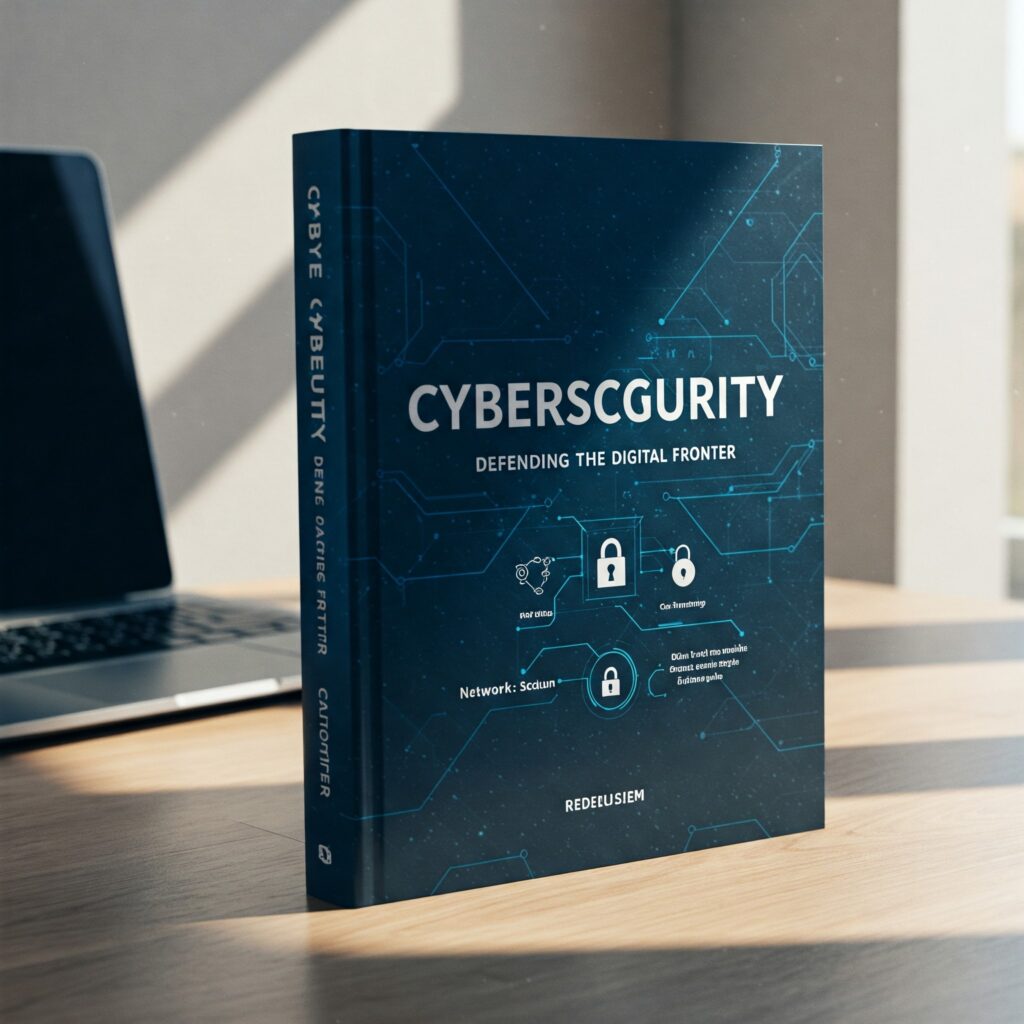
Cybersecurity Essentials: Must-Read Books to Outsmart Hackers in 2025
In an era where cyber threats evolve daily, staying informed is not just beneficial—it’s essential. Whether you’re a seasoned professional or a curious enthusiast, immersing yourself in authoritative literature can sharpen your skills and broaden your understanding. Here are four indispensable books that offer unique perspectives on cybersecurity, each providing valuable insights to help you outsmart hackers in 2025.
1. The Phoenix Project: A Novel About IT, DevOps, and Helping Your Business Win
Authors: Gene Kim, Kevin Behr, and George Spafford
The Phoenix Project is a compelling narrative that follows Bill, an IT manager at Parts Unlimited, who is tasked with salvaging a critical project that’s over budget and behind schedule. Through his journey, readers gain insights into the challenges of IT operations and the importance of DevOps practices. citeturn0search0
Key Takeaways
- Integration of IT and Business: Highlights the necessity of aligning IT initiatives with business goals to achieve organizational success.
- DevOps Principles: Introduces concepts like continuous integration, continuous delivery, and the importance of cross-functional teams.
- Efficient Workflow: Emphasizes the significance of streamlining processes to reduce bottlenecks and improve productivity.
Relevance to Cybersecurity
Understanding the synergy between IT operations and business objectives is crucial for implementing effective cybersecurity measures. By adopting DevOps practices, organizations can enhance their security posture, ensuring that security is integrated into every phase of the development lifecycle.
2. Ghost in the Wires: My Adventures as the World’s Most Wanted Hacker
Author: Kevin Mitnick
In this autobiographical account, Kevin Mitnick recounts his experiences as one of the most elusive hackers in history. The narrative provides a thrilling insight into the world of hacking, social engineering, and the cat-and-mouse game with law enforcement. citeturn0search1
Key Takeaways
- Social Engineering: Demonstrates how human psychology can be exploited to gain unauthorized access to systems.
- Security Awareness: Highlights the importance of educating employees about potential security threats and the tactics used by attackers.
- Evolution of Cyber Threats: Provides a historical perspective on hacking techniques and how they’ve evolved over time.
Relevance to Cybersecurity
Mitnick’s experiences underscore the critical need for comprehensive security strategies that address both technological vulnerabilities and human factors. By understanding the methods used by hackers, organizations can better prepare and defend against similar threats.
3. How to Measure Anything in Cybersecurity Risk
Authors: Douglas W. Hubbard and Richard Seiersen
This book challenges the notion that certain aspects of cybersecurity risk are immeasurable. The authors present a framework for quantifying risks, enabling organizations to make informed decisions based on data-driven analysis. citeturn0search2
Key Takeaways
- Quantitative Risk Assessment: Introduces methods for measuring and analyzing cybersecurity risks using statistical models.
- Decision-Making Frameworks: Provides tools for prioritizing security initiatives based on potential impact and likelihood.
- Challenging Assumptions: Encourages readers to question traditional risk assessment methods and adopt more empirical approaches.
Relevance to Cybersecurity
By quantifying cybersecurity risks, organizations can allocate resources more effectively, ensuring that the most significant threats are addressed proactively. This approach fosters a culture of continuous improvement and strategic planning in cybersecurity operations.
4. Alice and Bob Learn Application Security
Author: Tanya Janca
Overview
Aimed at developers and security professionals, this book uses the characters Alice and Bob to explore the fundamentals of application security. It covers a range of topics from basic principles to advanced practices, making it a comprehensive guide for building secure applications. citeturn0search3
Key Takeaways
- Secure Coding Practices: Offers practical advice on writing code that is resilient against common vulnerabilities.
- Threat Modeling: Teaches readers how to anticipate potential security threats during the development process.
- Security Testing: Provides methodologies for testing applications to identify and remediate security issues.
Relevance to Cybersecurity
As applications become increasingly complex, ensuring their security is paramount. This book equips developers with the knowledge and tools necessary to integrate security into the software development lifecycle, reducing the risk of breaches and data loss.
Conclusion
Staying ahead in cybersecurity requires continuous learning and adaptation. The books highlighted above offer valuable insights into various aspects of cybersecurity, from organizational practices and risk assessment to personal experiences and application security. By delving into these resources, professionals and enthusiasts alike can enhance their understanding and better prepare to outsmart hackers in 2025.